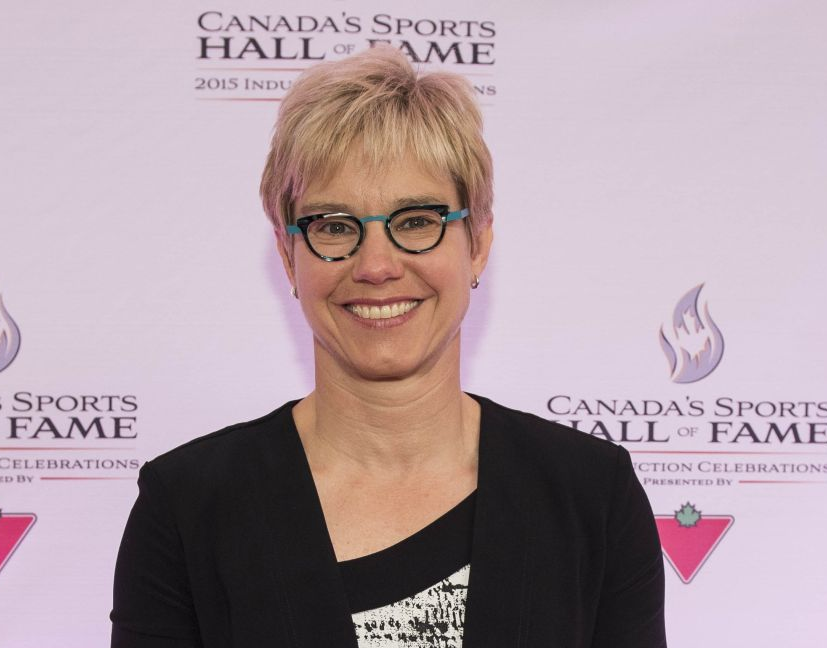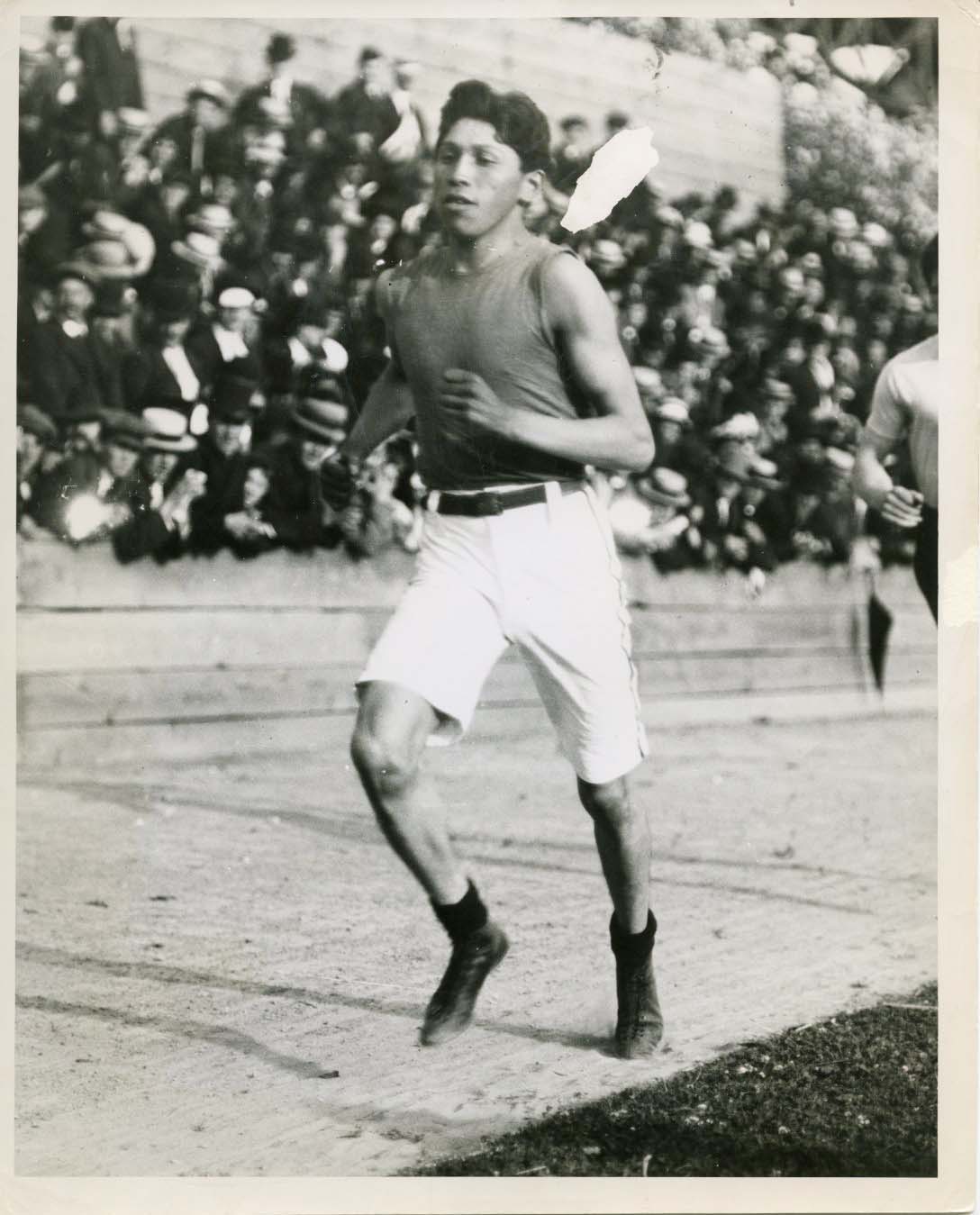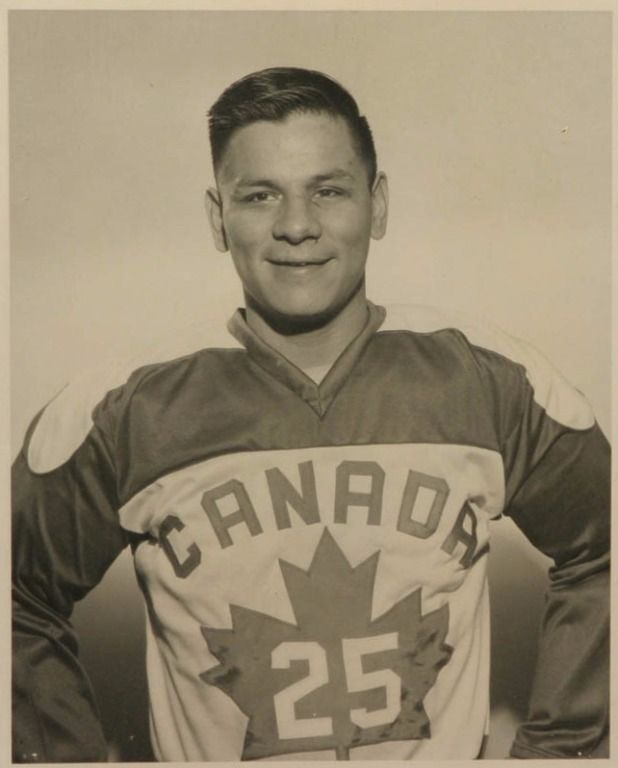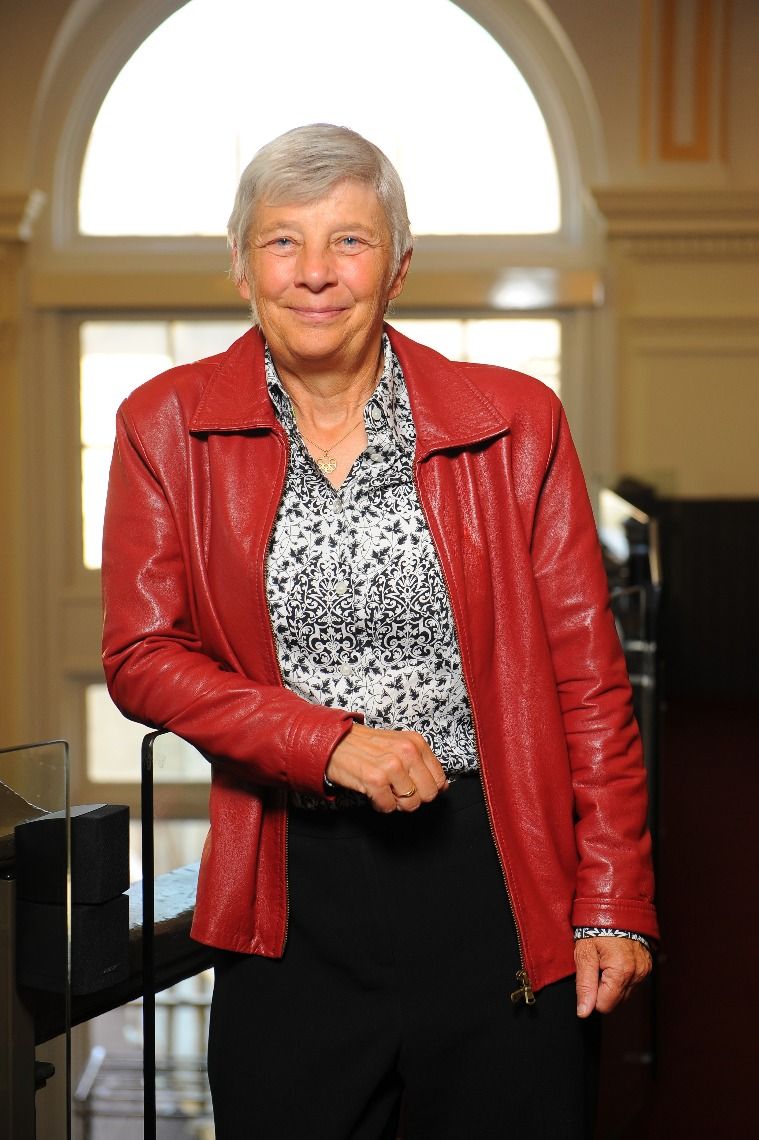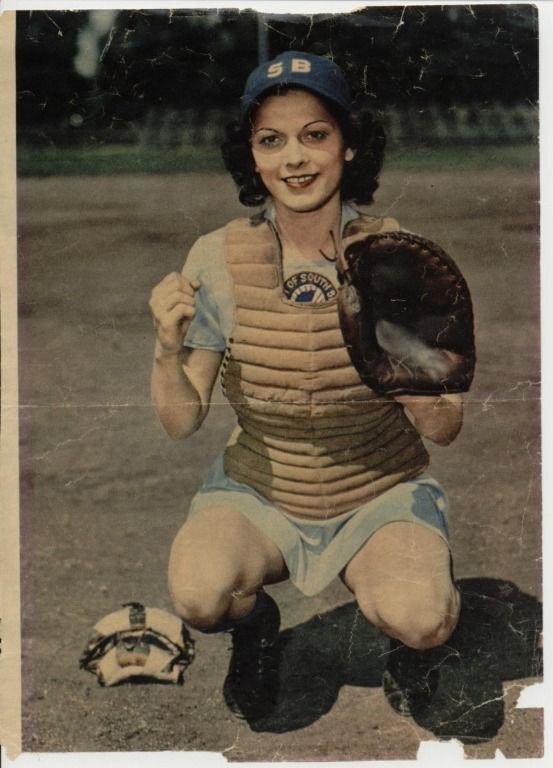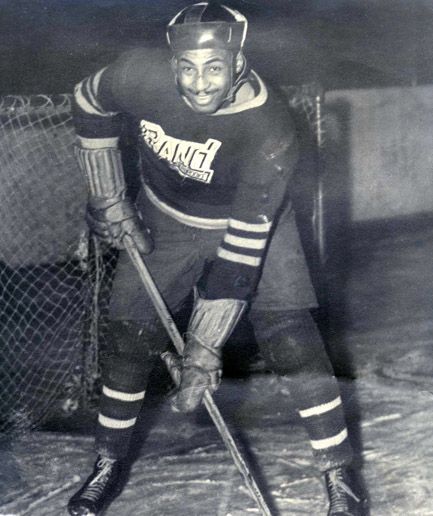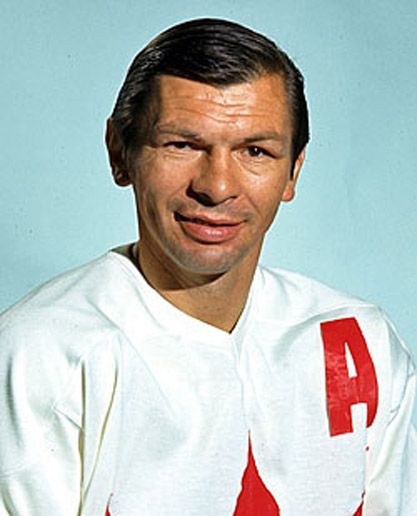Artefact Talks
What's included?
-
Short videos
-
360° of Artefacts
-
Trivia
-
Movement Breaks
-
Lesson Plans
Grades
3 - Post-secondary
Subjects
Health & Life Skills, Physical Education, Social Studies, English Language Arts, Science, Mathematics, Career & Life Management, Indigenous Education
Outcomes
See individual
programs below
programs below
Length
1 hour




